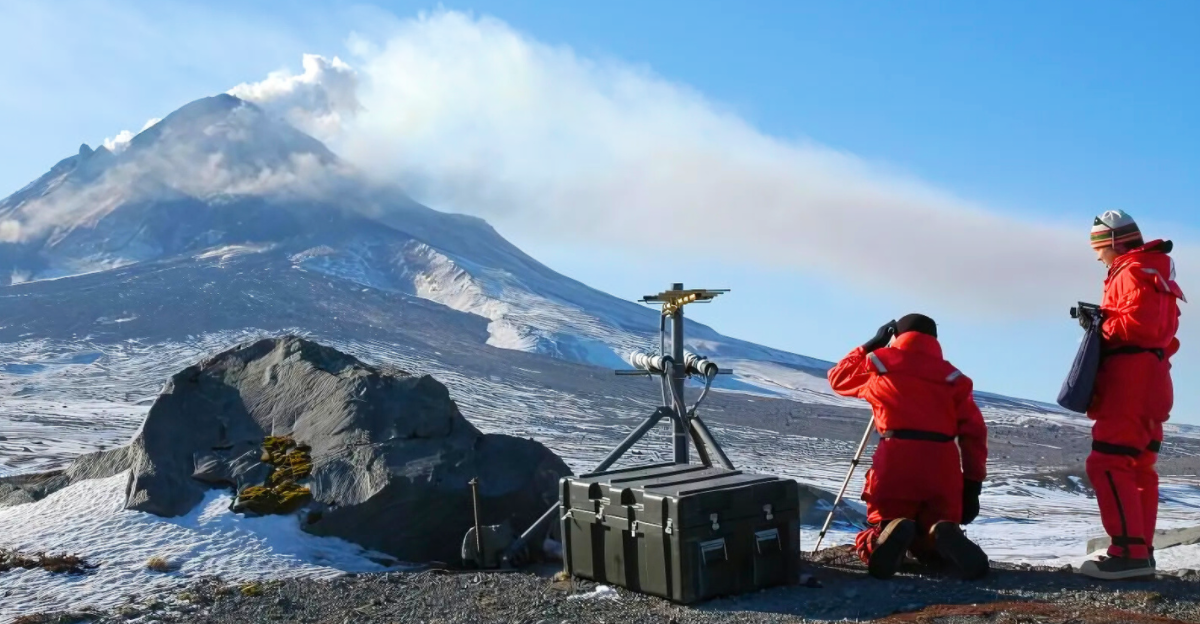
Alaska’s Iliamna volcano has stirred from its long slumber for the first time in over a century, sending tremors of concern through local communities and the scientific world. There’s nothing that can quite spark a social media outcry like rumours of a volcano waking up, but this might be more than a rumour.
While experts caution that such unrest could be linked to avalanches rather than an imminent eruption, the sudden awakening of a volcano that has been silent since the 19th century has reignited fears of a possible eruption and its potential impact on the surrounding region.
A Century of Quiet

After not stirring for a really long time, there might be signs that this giant is starting to wake up, especially since its last confirmed eruption was in 1867. Despite being seen as dormant, Iliamna has not been entirely still, as the emission of smoke, light ash, and frequent avalanches triggered by the volcano’s combination of glacial ice and weakened rock has been seen every few years.
In the early and mid-20th century, there were sporadic reports of vapor columns and rumblings, but none were classified as full-scale eruptions.
The Recent Seismic Surge
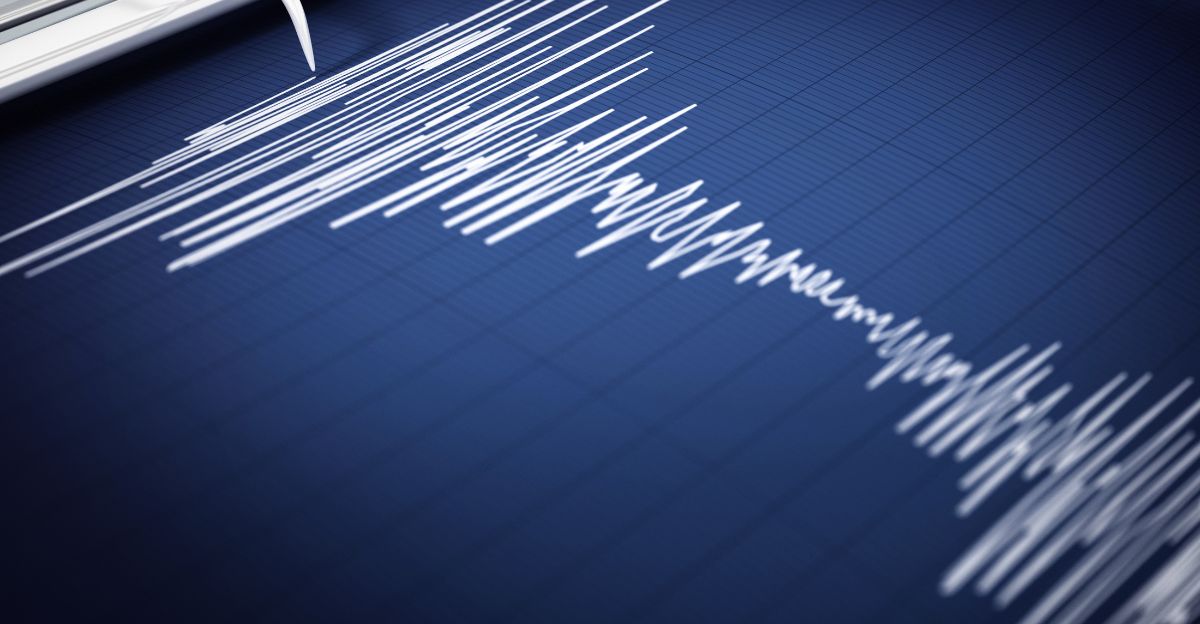
Early on June 15, monitoring stations recorded a surge in earthquakes, with tremors occurring several times per minute before tapering off to approximately one event per minute over several hours. This rapid-fire shaking was similar to seismic patterns previously linked to the massive ice and rock avalanches that occasionally tumble down Iliamna’s glacier-clad flanks.
But could these recent events be linked to the same conclusion, rather than magma moving beneath the surface, preparing for an eruption?
Monitoring the Mountain
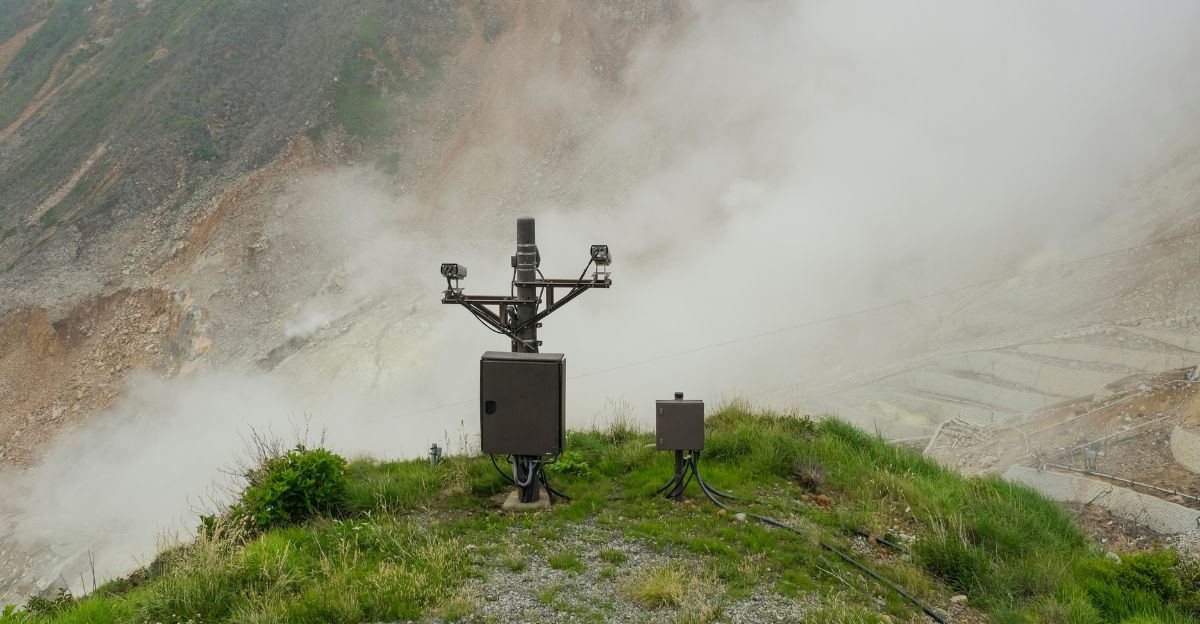
Keeping a close watch on Iliamna volcano is a collaborative effort led by the Alaska Volcano Observatory (AVO), which uses advanced technologies to track even the subtlest changes. The mountain is monitored using a network of seismic sensors that detect earthquakes and tremors, infrasound instruments that pick up low-frequency sounds from avalanches or eruptions, and satellite imagery that reveals shifts in the glacier and surface temperature.
Web cameras provide real-time visual updates, while regional lightning and gas monitoring networks add further layers of surveillance. With all the technology at their fingertips, researchers understand what’s happening beneath the surface and how dangerous it could be.
What’s Causing the Rumbling?
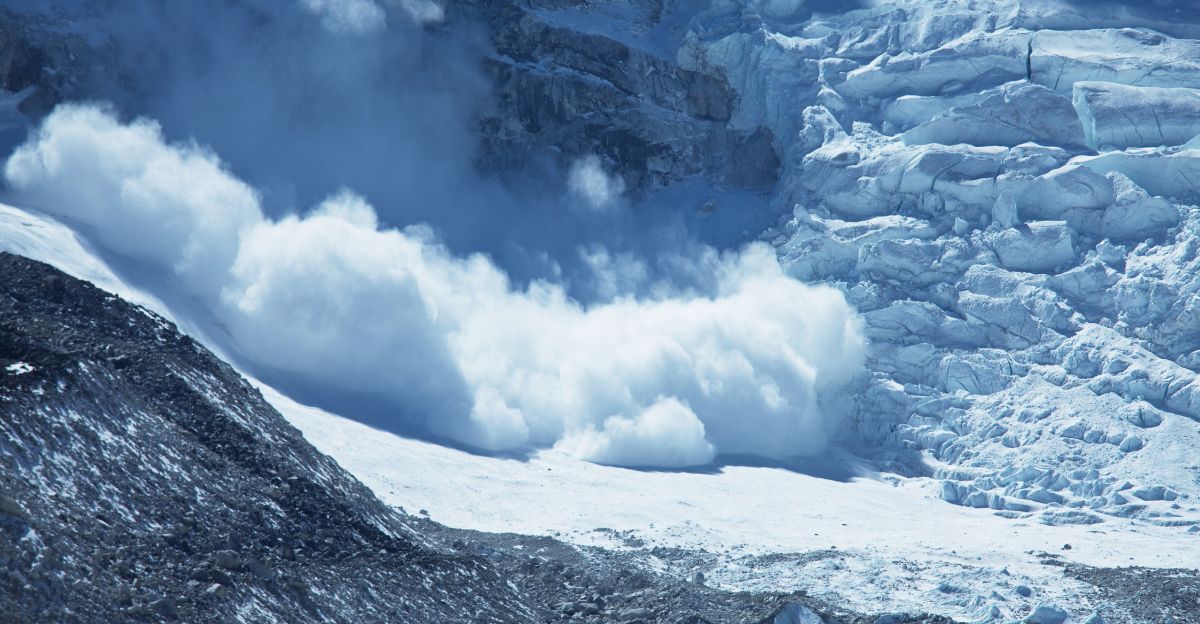
While a building eruption might be more newsworthy, according to volcanologists, the most likely culprit behind the heightened seismic activity is a large ice and rock avalanche rather than volcanic magma movement. Iliamna is known for its steep, glacially covered slopes, where periodic ice and loose rock collapses can trigger strong seismic signals that mimic volcanic unrest.
While magma movement would produce additional signs, none of these indicators have been seen so far. Still, the intensity and frequency of the recent tremors have scientists taking a closer look, ensuring that if anything more sinister is brewing.
Current Alert Level

As of July 1, 2025, Iliamna volcano’s official alert status is “NORMAL”, with the Aviation Color Code at “GREEN”, indicating the lowest level of concern on both scales. Despite the recent seismic surge that sparked heightened awareness, no signs of eruption or escalating volcanic activity have been detected. The “NORMAL” alert level means the volcano is exhibiting typical background behavior, and there is currently no immediate threat to nearby communities or air traffic.
While the status might be normal, researchers still keep a close eye on this rumbling giant, because anything can change within moments.
Community Concerns

Residents living in the mountain’s shadow are particularly concerned about the risks posed by avalanches, which can threaten remote cabins, hiking trails, and critical infrastructure. There is also unease about the possibility of an eruption, however remote, and its impact on air quality, water sources, and transportation routes. Local authorities have responded by increasing communication with the public, sharing updates from the Alaska Volcano Observatory, and reminding everyone of emergency preparedness plans.
“There are several communities within a 200-mile radius of the volcano that could be impacted in the event of an eruption, including Pedro Bay, Port Alsworth, and Anchorage,” according to the National Park Service.
The Science of Prediction
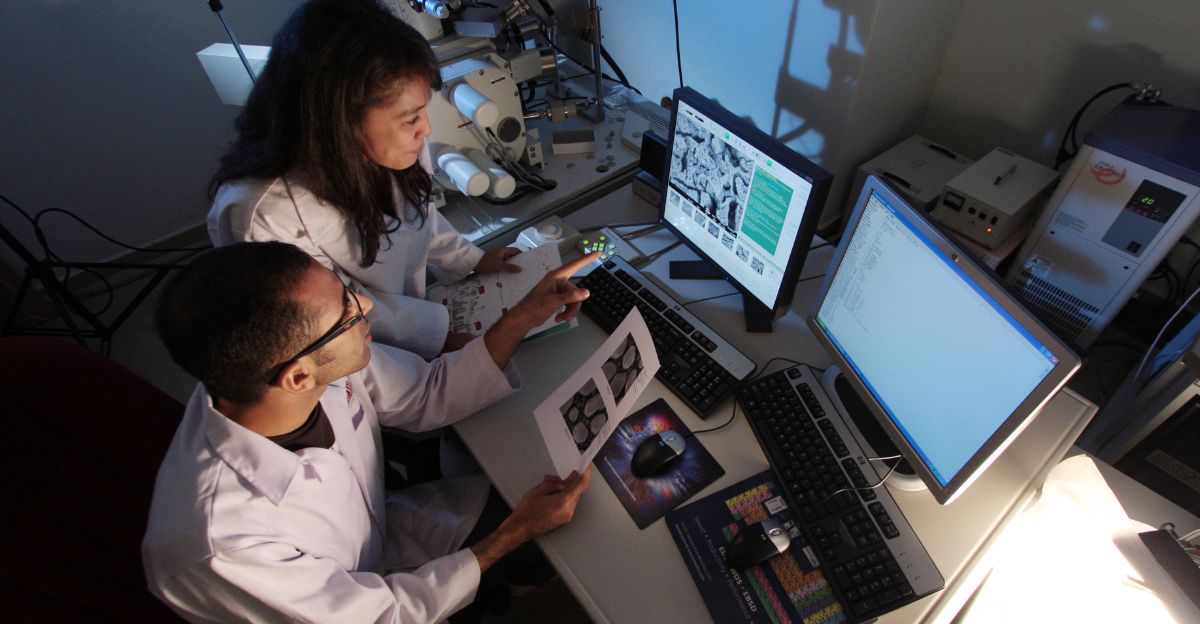
For volcanoes like Iliamna, which are partly covered by glaciers and subject to frequent avalanches, distinguishing between signals generated by ice-rock movement and true volcanic unrest is especially challenging. Advanced event-tree models and physical forecasts assess evolving probabilities as new data arrives, helping experts estimate the likelihood of an eruption based on empirical patterns and geological context.
Although prediction systems are increasingly reliable at well-monitored sites, experts caution that forecasting remains inherently uncertain, especially at volcanoes with long dormancy periods like Iliamna.
Emergency Preparedness

Being prepared for the worst is better than not being prepared at all. Alaskans are encouraged to assemble comprehensive emergency kits that include at least a week’s food and water supply, extra medications, first aid supplies, battery-powered radios, flashlights, dust masks, and protective eyewear.
During a volcanic ash event, it’s crucial to stay indoors, keep windows and doors sealed, and use masks or damp cloths to filter the air. Families should have clear evacuation plans, know local emergency routes, and stay informed through official updates from the Alaska Volcano Observatory and local authorities.
Vigilance and Uncertainty
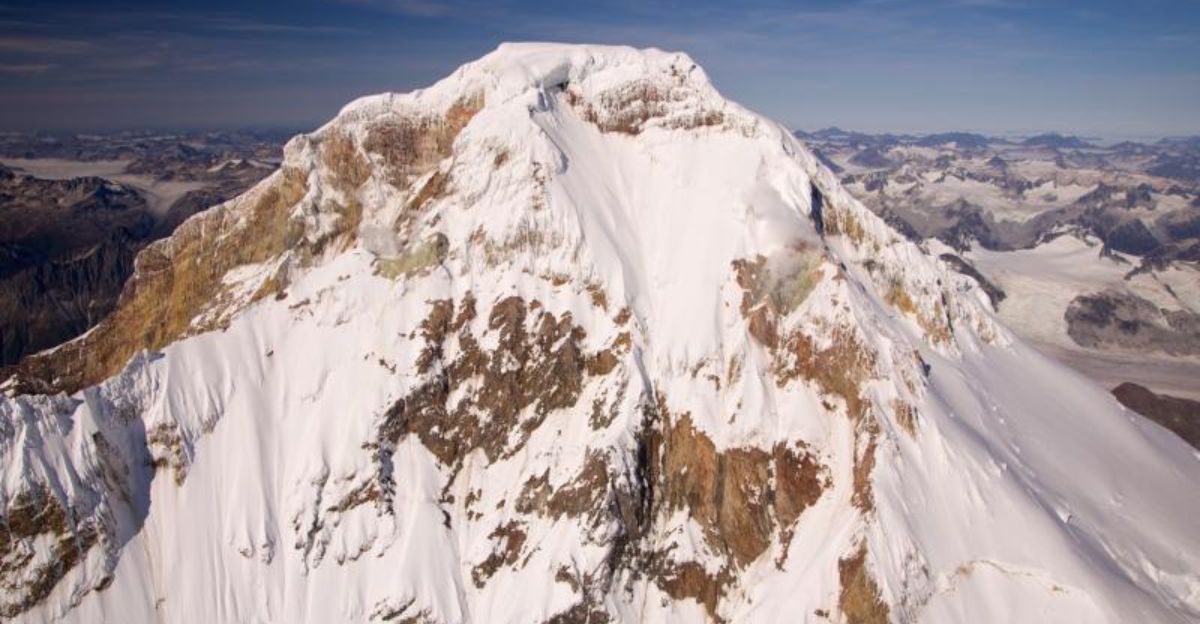
Scientists and local communities understand that volcanoes with long dormancy periods can be unpredictable, and even the most advanced monitoring systems cannot guarantee early warning for every possible scenario. Ongoing research, continuous data collection, and public education remain essential to staying prepared for whatever the mountain may bring.
While the current risk is low, the community’s watchful attitude and the scientific commitment to close observation ensure that any new signs of unrest will be spotted quickly and dealt with immediately.







